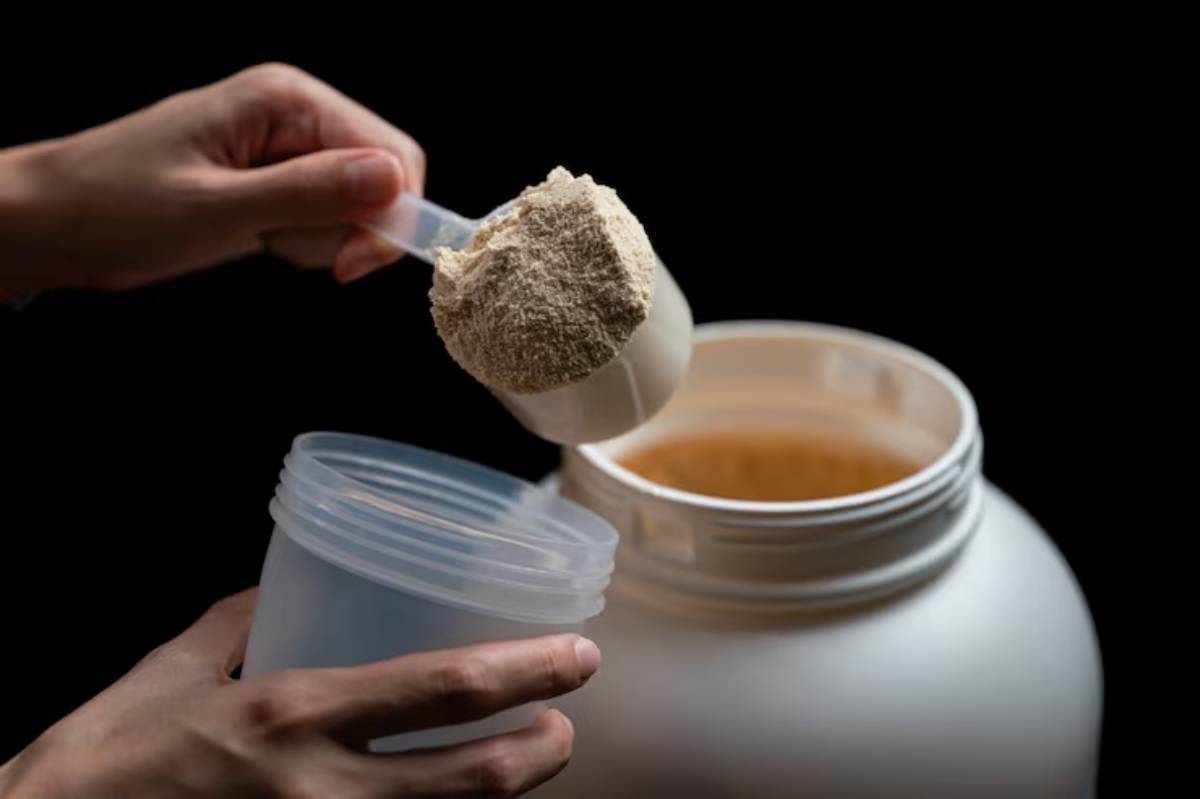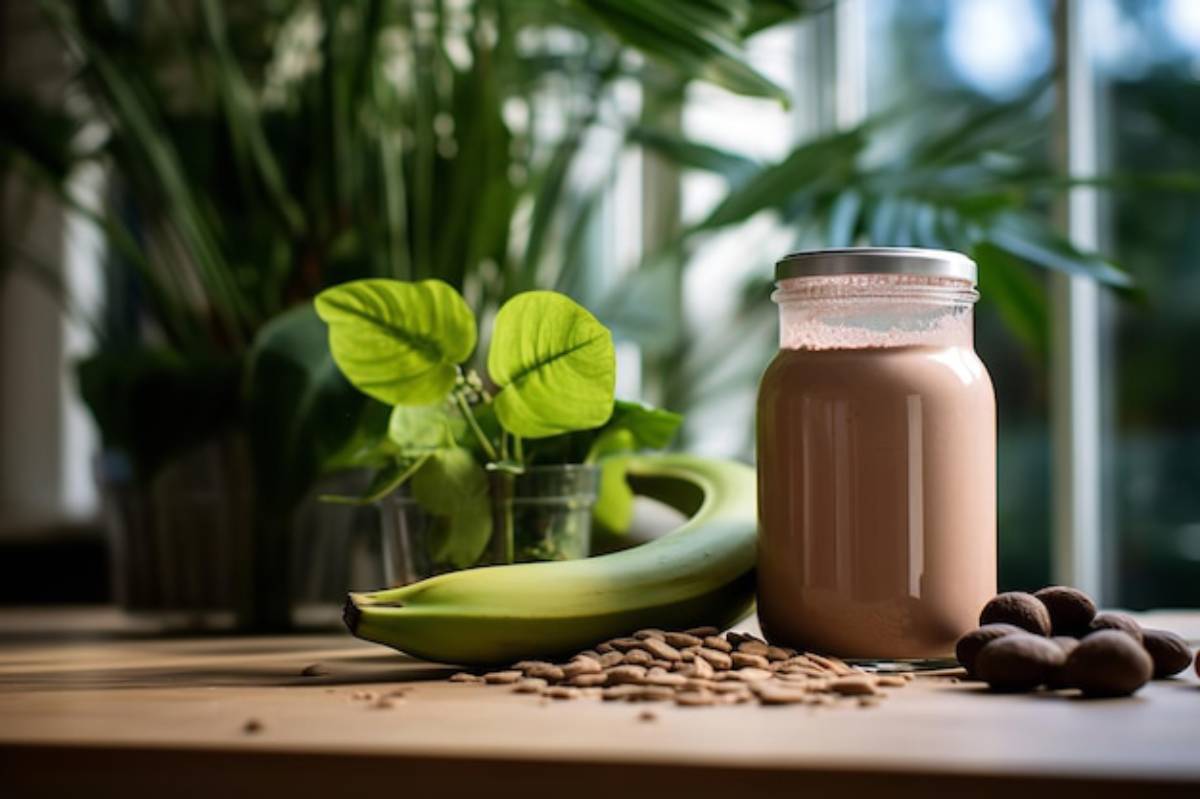
Marketing Hype vs Real Supplement Science
Walk through the supplement aisle or scroll Instagram for five minutes, and you’ll encounter a whirlwind of promises “explosive growth,” “shredded in 30 days,” “clinically dosed ingredients.” It sounds impressive—but is any of it actually true?
Welcome to the clash of hype vs science in the world of fitness supplements.
In this blog, we’ll cut through the noise and unravel what’s real, what’s fluff, and what’s downright deceptive. From flashy pre-workout powders to overhyped fat burners, we’ll explore how marketing often outpaces actual science—and how you, the informed lifter, can make smart choices based on real evidence, not just branding.
Whether you’re a supplement sceptic, a first-time buyer, or a seasoned gym-goer wondering if your stack is all smoke and mirrors, this guide will help you invest wisely, dodge the gimmicks, and support your gains the smart way.
The Supplement Industry: A Quick Snapshot
A Multi-Billion Pound Machine
Globally, the supplement industry is worth over £100 billion. From protein powders to testosterone boosters, it thrives on:
- Aesthetic aspiration: Six-pack abs sell.
- Convenience culture: Quick fixes are tempting.
- Scientific jargon: Big words equal credibility (supposedly).
Why Marketing Works So Well
Supplement companies aren’t selling tubs of powder—they’re selling:
- Hope (bigger muscles)
- Status (looks like influencers)
- Fear (falling behind without it)
But here’s the catch: Many products exaggerate benefits or use underdosed ingredients hidden behind proprietary blends.
Decoding Supplement Labels
Proprietary Blends: The Murky Waters
If you see a label that reads “Performance Matrix (3.2g),” with a laundry list of ingredients underneath, be cautious.
- You don’t know how much of each ingredient is included.
- It could be underdosed, rendering it ineffective.
- It’s a tactic to protect formula secrecy, but it often hides cheap filler.
Related Read: The Truth About Proprietary Blends.
Clinical Doses vs Fairy Dusting
The label might list effective ingredients, but are they in effective amounts?
| Ingredient | Science-Backed Dose | Common Label Dose |
| Creatine Monohydrate | 3–5g | Often correct |
| Beta-Alanine | 3.2–6.4g | Often under 2g |
| L-Citrulline | 6–8g | Often 1–2g |
Red Flags to Watch For
- “Proprietary blend” with no individual ingredient amounts
- Mega claims without citations (“Scientifically proven!” but no source)
- Unpronounceable buzzwords that sound advanced but do little
Tip: Look for third-party certifications (e.g., Informed-Sport, NSF Certified).
Top 5 Supplements Backed by Science
1. Creatine Monohydrate
- Enhances strength, power, and lean mass
- Backed by over 1,000 studies
- Safe and effective
2. Whey Protein
- Helps meet daily protein goals
- Convenient, especially post-workout
- Digestible and bioavailable
3. Caffeine

- Increases alertness and workout intensity
- Best used 30–60 mins before training
- Watch for dependency and sleep issues
4. Beta-Alanine
- Improves muscular endurance
- May cause tingling but is safe
- Requires loading for best effects
5. Vitamin D (if deficient)
- Supports immune function and recovery
- Many in the UK are deficient, especially in winter
Supplement Myths That Marketing Won’t Tell You
Myth 1: You Need a Fat Burner to Get Shredded
- Truth: No pill burns fat magically. A calorie deficit does.
- Most fat burners rely on caffeine and diuretics for “quick fixes.”
Myth 2: More Expensive = More Effective
- Truth: Price doesn’t always reflect quality. Some premium brands sell underdosed products with shiny labels.
Myth 3: Natural = Safe
- Truth: “Natural” ingredients can still be under-researched or even harmful (e.g., synephrine).
Myth 4: All Pre-Workouts Are the Same
- Truth: Many contain excessive stimulants, proprietary blends, or weak formulas. Choose wisely.
See Also: Top 10 Muscle Supplement Myths Busted.
Real-World Example: Sam’s Stack vs Sarah’s Science
Sam (Marketing Victim)
Buys £100/month stack:
- Fat burner, testosterone booster, BCAAs, pump enhancer
- Relies on flashy Instagram ads
- Sees no significant change after 3 months
Sarah (Science-Based)
Buys only:
- Creatine, whey protein, and vitamin D (doctor-approved)
- Eats whole foods, trains smart
- Gains lean muscle consistently
Moral: More isn’t better. Smart is better.
How to Vet a Supplement Before Buying
1. Read the Full Label
- Look for clinical doses, not just flashy names
- Check for transparent ingredient lists
2. Google the Claims + “PubMed”
- Does the ingredient actually have studies behind it?
- Are the effects relevant to YOUR goals?
3. Avoid These Ingredients (Unless Advised)
- DMAA or DMHA (banned stimulants)
- Proprietary blends without full disclosure
- Excessive niacin or yohimbine (potential side effects)
4. Check Reviews from Trusted Sources
Examine feedback from science-based communities like:

- Examine.com
- Labdoor.com
- Reddit’s r/Supplements
Smart Supplement Shopping Checklist
Before you buy:
- Is the ingredient list transparent?
- Are doses clinically supported?
- Has the brand been third-party tested?
- Are there clear use cases for your specific goals?
- Can you get similar benefits from whole foods?
If most answers are “no,” skip it.
Conclusion: Make Science Your Supplement
Supplements can support muscle growth and performance, if chosen wisely. But marketing hype, shiny packaging, and clever buzzwords can easily distract you from what actually works.
Focus on:
- Proven ingredients
- Transparent dosing
- Your real nutritional needs
Don’t fall for gimmicks. Be the lifter who reads the label, does the homework, and lifts with purpose, not the one chasing false promises.
Have you fallen for a marketing trap or discovered a legit product that works? Share your experience in the comments—let’s educate and empower the community together.


